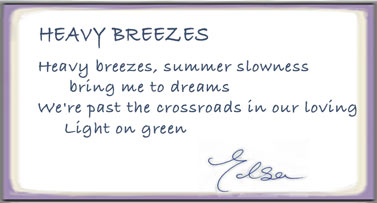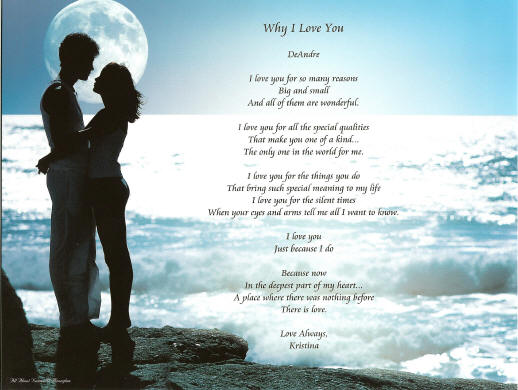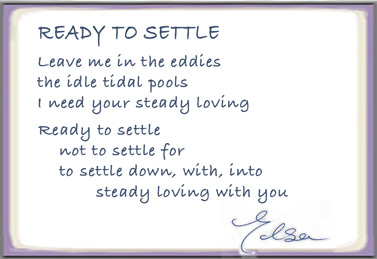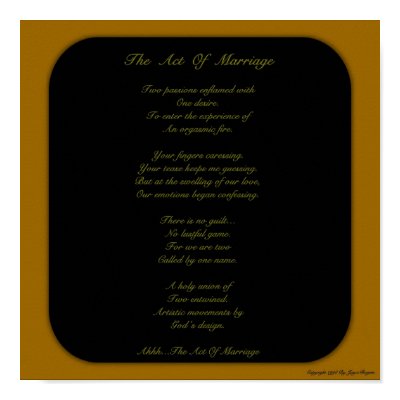love poems for couples
Donne's cartographic references in the third stanza have been the subject of much analysis, although academics have differed in their interpretation of their meaning and what the lines reference. Robert L. Sharp argues that these references can be logically interpreted as yet another reference to love; the maps Donne with which would have been familiar were not the Mercator-style maps that are common in the modern era, but instead cordiform maps, which appear in the shape of a heart and allow for the display of multiple worlds, which Donne alludes to in lines 11 to 18. Julia M. Walker, while noting that Sharp's work is "essential to an intelligent discussion of this extended image", disagrees with his conclusions and argues that Donne is actually referring to a map showing one world.

love poems for couples
The poet John Donne was born on 21 January 1572 to John Donne, a wealthy ironmonger and one of the wardens of the Worshipful Company of Ironmongers, and his wife Elizabeth. After his father's death when he was four, Donne was, instead of being prepared to enter a trade, trained as a gentleman scholar; his family used the money his father had made from ironmongering to hire private tutors who trained him in grammar, rhetoric, mathematics, history and foreign languages. Elizabeth was soon remarried to a wealthy doctor, ensuring that the family remained comfortable; as a result, despite being the son of an ironmonger and portraying himself in his early poetry as an outsider, Donne refused to accept that he was anything other than a gentleman. After study at Hart Hall, Oxford, Donne's private education eventually saw him study at Lincoln's Inn, one of the Inns of Court, where he occupied his time with history, poetry, theology and "Humane learning and languages". It was at Lincoln's Inn that Donne first began writing poetry, looking upon it as "a life-sign or minor irritation" rather than something which defined him. This early poetry included "The Good-Morrow" as well as many other works which later went on to comprise his collection Songs and Sonnets, published in 1633, two years after his death; "The Good-Morrow" is considered, in terms of its theme and maturity, to be the first of this collection's poems.

Love poems are a wonderfully
Sonnets are, canonically, poems of 14 lines with assorted rhyming schemes. Originating in the 14th century works of Petrarch, the most common form of the sonnet is known as the Italian Sonnet: a stanza of eight lines in which the writer lays out a complex thought, followed by a pause and a six-line conclusion "which is characteristically both unpredictable and intense". This was interlinked with the idea of courtly love, in which the goal of a romance is not simply passion, but a more significant moral perfection. "The Good-Morrow", although identified by Donne as a sonnet, does not follow this structural layout, although it does follow the thematic one; Donne used "sonnet" simply to refer to any piece of love poetry, ignoring the fact that "The Good-Morrow" was a 21-line work divided into three stanzas.

Love Poems

Love poems. make wonderful

I Will Love You Forever.

Poems \x26middot; Showing Love

And there are deep love poems

A Sexually Intimate Love Poem

eevikgof: Love Poems For

Anniversary Poems Couples of

love poems for couples
The poet John Donne was born on 21 January 1572 to John Donne, a wealthy ironmonger and one of the wardens of the Worshipful Company of Ironmongers, and his wife Elizabeth. After his father's death when he was four, Donne was, instead of being prepared to enter a trade, trained as a gentleman scholar; his family used the money his father had made from ironmongering to hire private tutors who trained him in grammar, rhetoric, mathematics, history and foreign languages. Elizabeth was soon remarried to a wealthy doctor, ensuring that the family remained comfortable; as a result, despite being the son of an ironmonger and portraying himself in his early poetry as an outsider, Donne refused to accept that he was anything other than a gentleman. After study at Hart Hall, Oxford, Donne's private education eventually saw him study at Lincoln's Inn, one of the Inns of Court, where he occupied his time with history, poetry, theology and "Humane learning and languages". It was at Lincoln's Inn that Donne first began writing poetry, looking upon it as "a life-sign or minor irritation" rather than something which defined him. This early poetry included "The Good-Morrow" as well as many other works which later went on to comprise his collection Songs and Sonnets, published in 1633, two years after his death; "The Good-Morrow" is considered, in terms of its theme and maturity, to be the first of this collection's poems.

Love poems are a wonderfully
Sonnets are, canonically, poems of 14 lines with assorted rhyming schemes. Originating in the 14th century works of Petrarch, the most common form of the sonnet is known as the Italian Sonnet: a stanza of eight lines in which the writer lays out a complex thought, followed by a pause and a six-line conclusion "which is characteristically both unpredictable and intense". This was interlinked with the idea of courtly love, in which the goal of a romance is not simply passion, but a more significant moral perfection. "The Good-Morrow", although identified by Donne as a sonnet, does not follow this structural layout, although it does follow the thematic one; Donne used "sonnet" simply to refer to any piece of love poetry, ignoring the fact that "The Good-Morrow" was a 21-line work divided into three stanzas.

Love Poems

Love poems. make wonderful

I Will Love You Forever.

Poems \x26middot; Showing Love

And there are deep love poems

A Sexually Intimate Love Poem

eevikgof: Love Poems For

Anniversary Poems Couples of

0 Comments:
Post a Comment
Subscribe to Post Comments [Atom]
<< Home